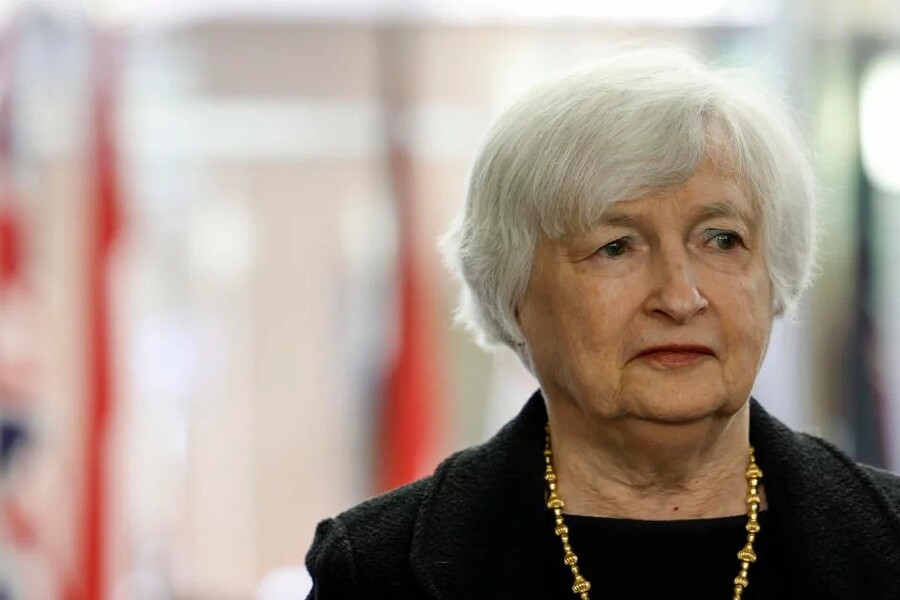Treasury Secretary Janet Yellen sent a warning to Congress, stating that the U.S. government could hit its debt ceiling as early as mid-January 2025. In a letter to congressional leaders, Yellen explained that her department would need to implement “extraordinary measures” starting between January 14 and January 23. These special accounting maneuvers are designed to prevent the government from breaching the debt ceiling until Congress can act.
Yellen urged Congress to take immediate action to ensure the country’s full faith and credit are upheld. These extraordinary measures include deferring certain payments and redirecting funds temporarily, but they are not a long-term solution. Once these measures are exhausted, the government risks defaulting on its debt unless lawmakers agree to lift the debt limit.
The debt ceiling represents the maximum amount of money the U.S. government is allowed to borrow to meet its financial obligations, such as paying for national security, healthcare, and servicing the national debt. If the debt ceiling is not raised, the government would no longer be able to meet these obligations, which could result in a financial crisis. Yellen has repeatedly emphasized the importance of bipartisan action to avoid default and protect the economy.
Yellen’s warning comes after President Biden signed a law last week that temporarily avoided a government shutdown but did not address the looming debt ceiling issue. President-elect Donald Trump, who will take office next month, has called for a suspension or increase in the debt limit. However, this demand has led to internal debates among Republicans, adding further complexity to the negotiations.
The current federal debt stands at approximately $36 trillion, having grown under both Republican and Democratic administrations due to rising government spending, tax cuts, and higher borrowing costs. The debt has been further exacerbated by inflation and the financial impact of the COVID-19 pandemic. As a result, the government is facing an increasingly difficult situation where debt servicing costs will shortly exceed spending on national security.
Republicans, who will control both the White House and Congress in 2025, have their fiscal priorities, including extending Trump’s tax cuts. However, the ongoing debate over how to address the national debt will be a central issue as they push forward their legislative agenda.
The U.S. has faced similar debt ceiling crises in the past, with lawmakers often waiting until the last minute to resolve the issue. However, the consequences of failing to act are far-reaching, with the potential to destabilize financial markets, increase borrowing costs, and damage the global economy. If the U.S. were to default on its debt, it could cause a loss of investor confidence in U.S. Treasury bonds, which serve as the backbone of the global financial system.
Despite the looming threat of a default, Yellen noted that the federal debt would temporarily decrease in early January due to a scheduled redemption of nonmarketable securities tied to Medicare. This brief reduction in debt could provide a temporary window of relief but does not eliminate the need to raise the debt ceiling.
As the deadline approaches, the stakes are high, and political leaders will need to find a way to resolve the debt ceiling issue. A last-minute agreement is likely, but the risk of default looms larger than ever. Both parties must put aside their differences and work toward a long-term solution to the nation’s debt challenges. The future stability of the economy hinges on the actions taken in the coming weeks.
